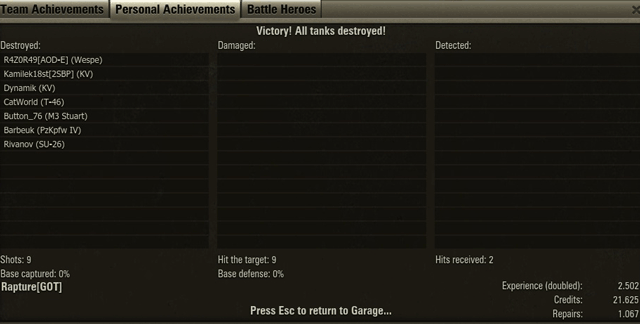nietes
At Omaha Beach almost all of the tanks launched offshore were lost, contributing to the high casualty rate and sluggish advance from that beach.
112 tanks were assigned to the first wave at Omaha Beach, with 56 tanks in each of the 741st and 743rd Tank Battalions. Each of these battalions had
32 DD and 24 other Shermans (including many Sherman bulldozers for clearing obstacles). Starting at about 0540, the 741st Tank Battalion put
29 DDs into the sea, but 27 of these sank, the remaining two made the long swim to the beach. Some of the crews of the sinking tanks managed to radio back and warn following units not to launch as far out. The remaining vehicles of the 741st Tank Battalion and
all tanks of the 743rd Tank Battalion, (except for the four aboard one LCT that was hit by artillery fire just off the beach), were landed directly on the beach, starting at about 0640.
DD Tanks were designed to operate in waves up to 1 foot (0.3 m) high; however, on D-Day the waves were up to 6 feet (2 m) high. These were much worse conditions than the tanks had been tested in and thus they were swamped. Also, the tanks of 741st Tank Battalion were launched too far out,[10] about 3 miles (4,828 m) offshore. Considering the inherent difficulty in steering a 35 ton modified tank, it is a tribute to the crews that they got as far as they did. The crews were equipped with emergency breathing apparatus capable of lasting 5 minutes, the tanks were also equipped with inflatable rafts.[11] Some sources claim that these life-saving measures were ineffective;[12] this was contradicted by the testimony of survivors.[11] Most of the crews were rescued, mainly by the landing craft of the 16th RCT (Regimental Combat Team),[13] although five crewmen are known to have died during the sinkings.[11]
Until very recently it was believed that most of the DD Shermans of the 741st Tank Battalion were sunk almost immediately. Some stayed afloat for a matter of minutes; according to the crews one tank swam for 15 minutes, another: "We weren’t in the ocean 10 minutes when we had a problem".[11] Tanks at the other four beaches suffered no such problems. New research[by whom?] suggests that the Omaha tanks were aiming for a church steeple on the visible horizon behind the cliffs.[citation needed] In order to maintain their line of sight it is believed that the tanks had to turn progressively away from the shore to combat the waves pushing them down the beach, putting their sides virtually parallel with the shoreline. This meant that the canvas flotation devices were easily swamped. If they had kept going directly forward with the front of the tank headed straight for the beach, they may have reached it.[citation needed]
Others believe that the error was due to the commanders aboard the ships from which the tanks were launched.[who?] They simply gave the order to launch too early, possibly to avoid getting too close to the battle themselves.[citation needed]The possibility of disembarking the tanks directly onto the beach if the sea was too rough had been discussed and agreed upon by Colonel Skaggs and Colonel Upham, (commanding officers of the 741st and 743rd battalions), before the tanks left Portland (England).
:fill(white):strip_exif()/i/1331308426.jpeg?f=thumbmini)
:strip_icc():strip_exif()/u/106218/wc-backbone.jpg?f=community)
:strip_icc():strip_exif()/u/35767/images.jpg?f=community)
:strip_icc():strip_exif()/u/18872/crop643c23a7a7810_cropped.jpg?f=community)
:strip_icc():strip_exif()/u/90856/Ashrah%252070.jpg?f=community)
/u/127/chimera.png?f=community)
:strip_icc():strip_exif()/u/182109/68-2.jpg?f=community)
:strip_icc():strip_exif()/u/130008/Sputnik.jpg?f=community)
:strip_icc():strip_exif()/u/242441/rtfm.jpg?f=community)
:strip_icc():strip_exif()/u/398358/masked.jpg?f=community)

:strip_icc():strip_exif()/u/202430/458684_q.jpg?f=community)








:strip_exif()/u/266439/crop67b0fda9d8ed7.gif?f=community)
:strip_icc():strip_exif()/u/167062/1777paard.jpg?f=community)
